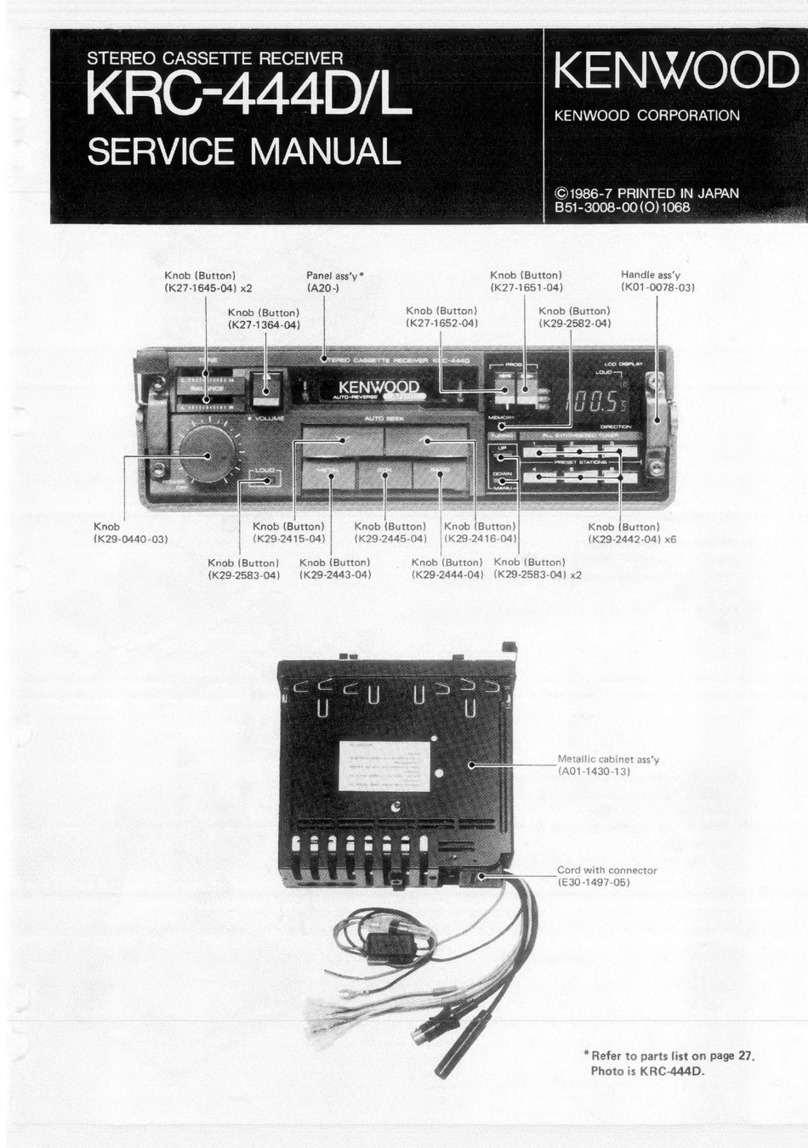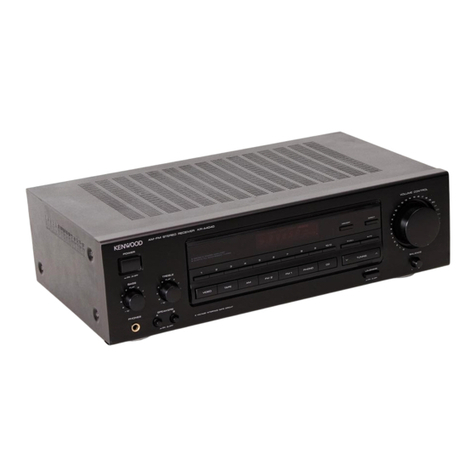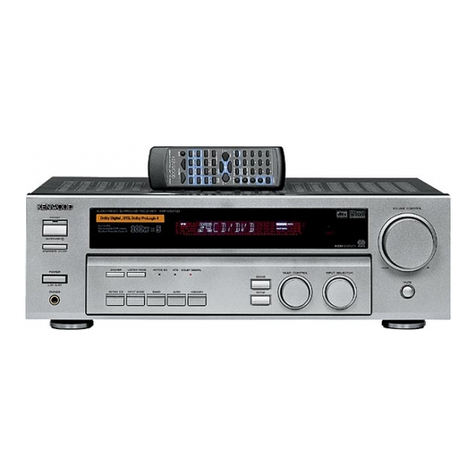Kenwood 103AR User manual
Other Kenwood Stereo Receiver manuals
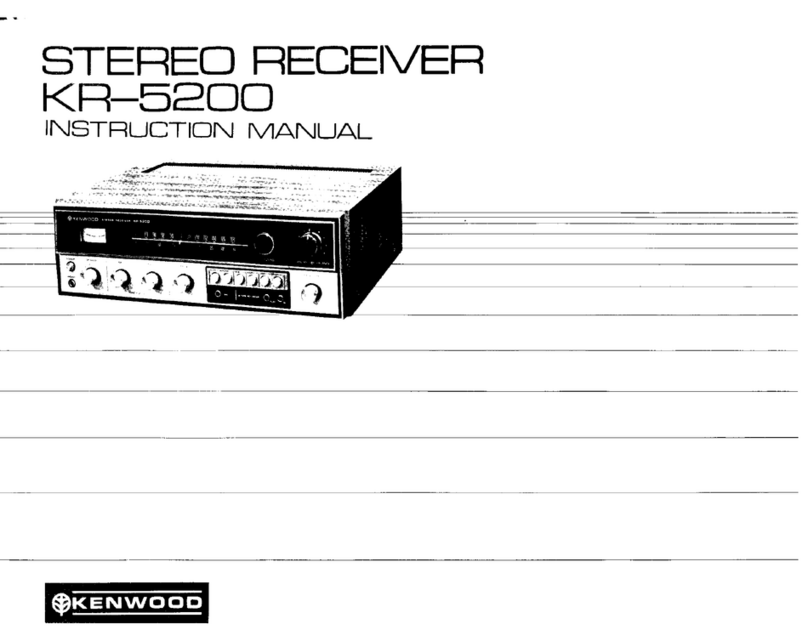
Kenwood
Kenwood KR-5200 User manual
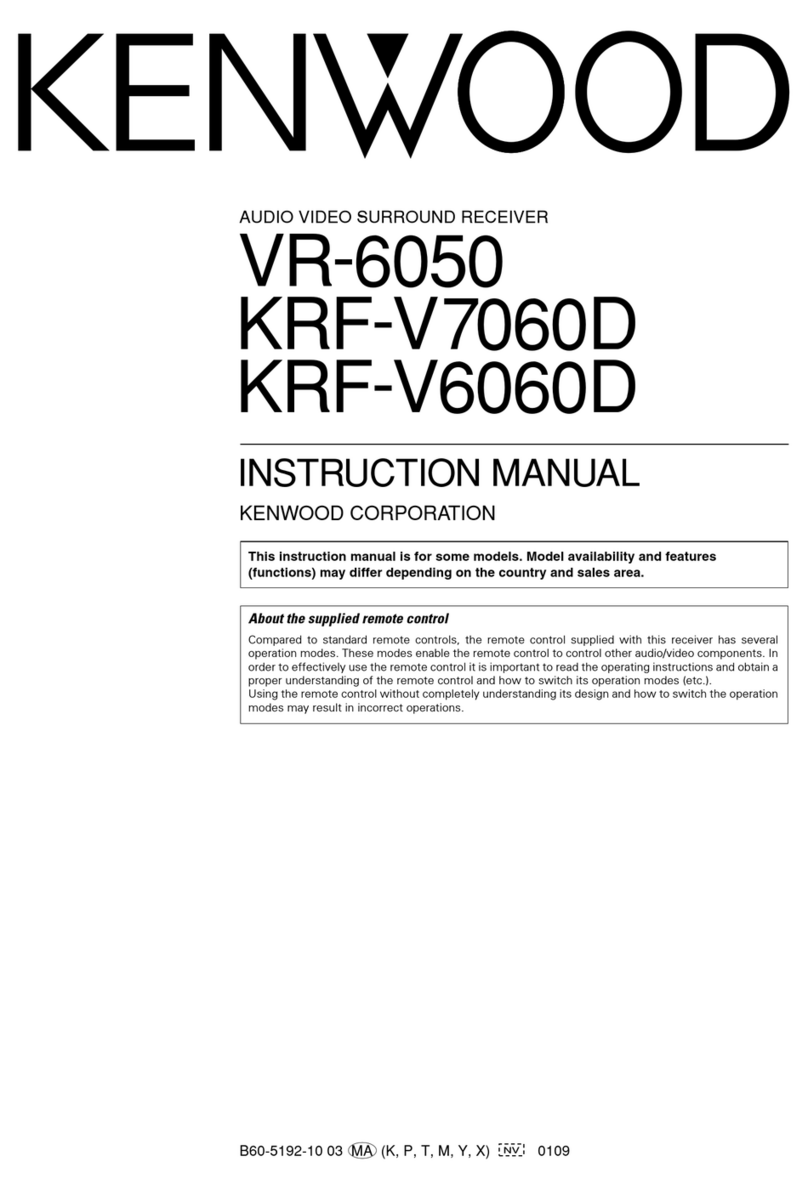
Kenwood
Kenwood KRF-V6060D User manual
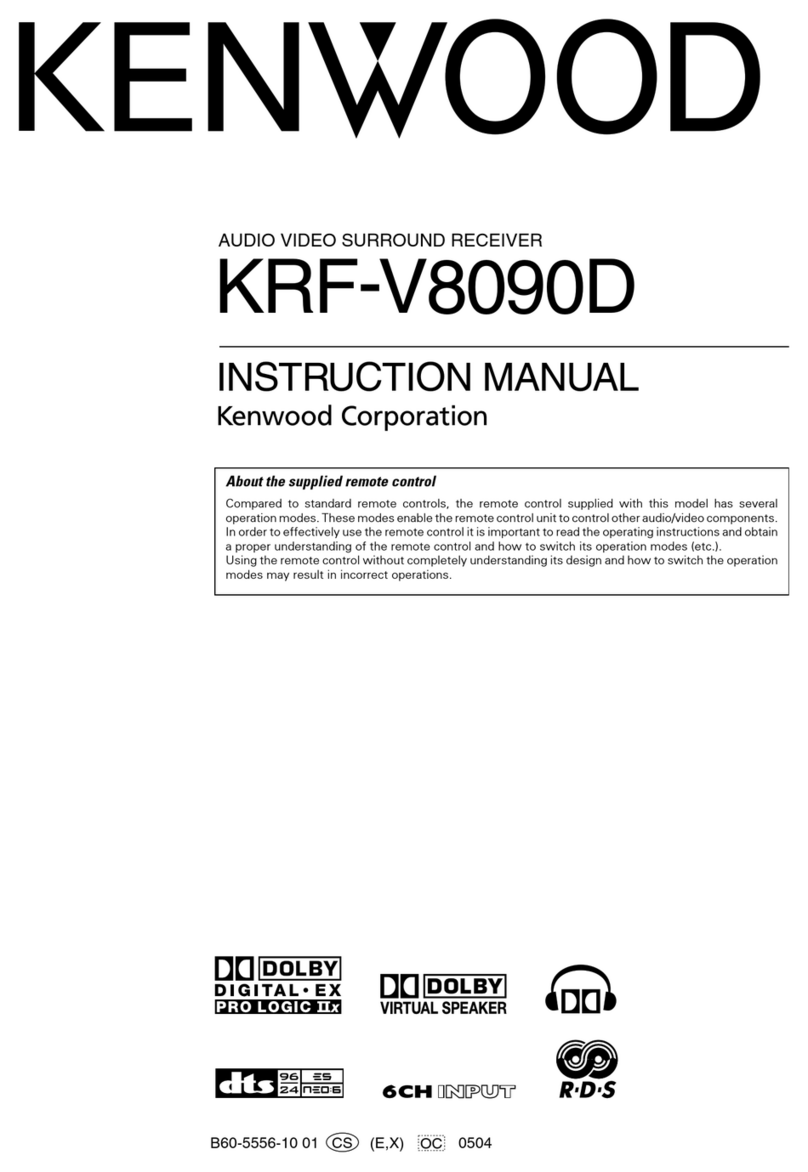
Kenwood
Kenwood KRF-V8090D User manual

Kenwood
Kenwood KRF-V6070D User manual
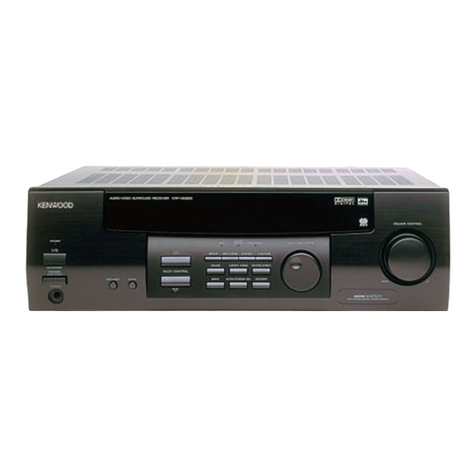
Kenwood
Kenwood KRF-V5050D User manual
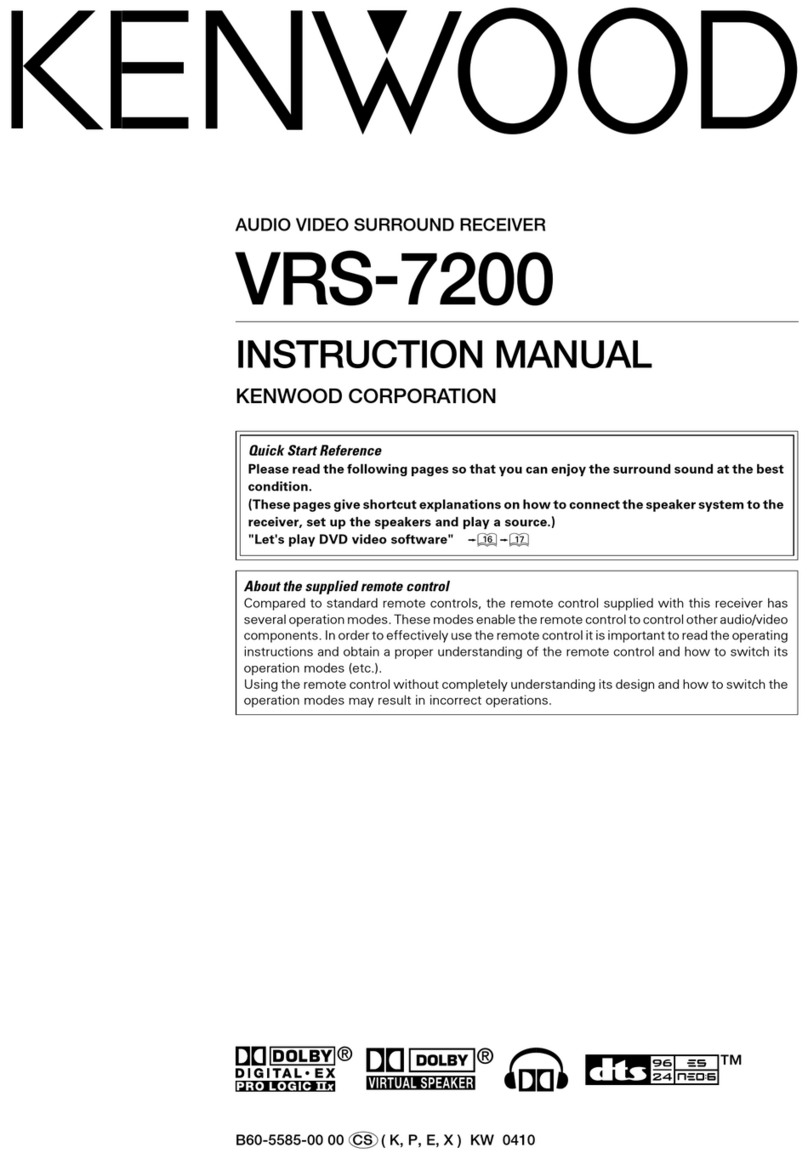
Kenwood
Kenwood VRS-7200 - AV Receiver User manual
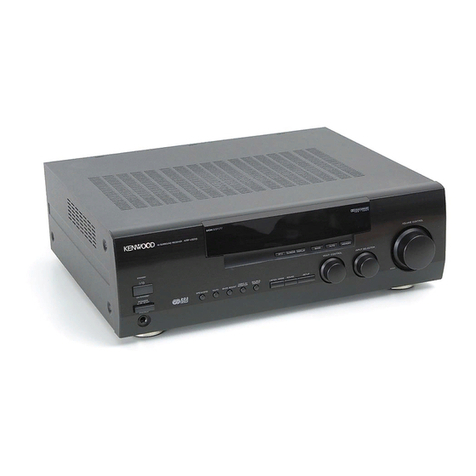
Kenwood
Kenwood KRF-V5010 User manual
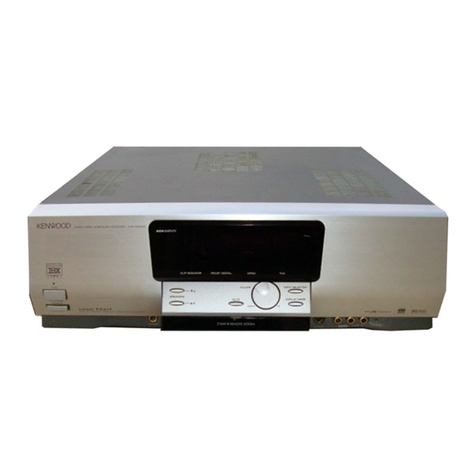
Kenwood
Kenwood KRF-X9992D User manual

Kenwood
Kenwood KR-V999D User manual
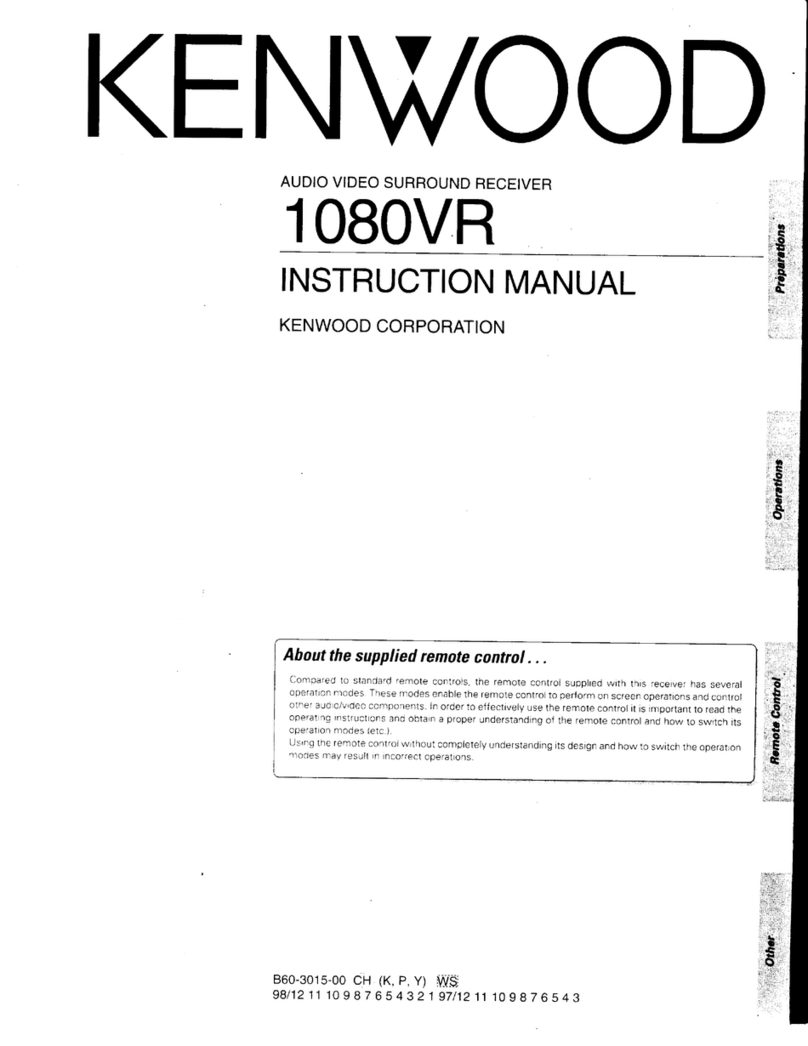
Kenwood
Kenwood 1080VR User manual
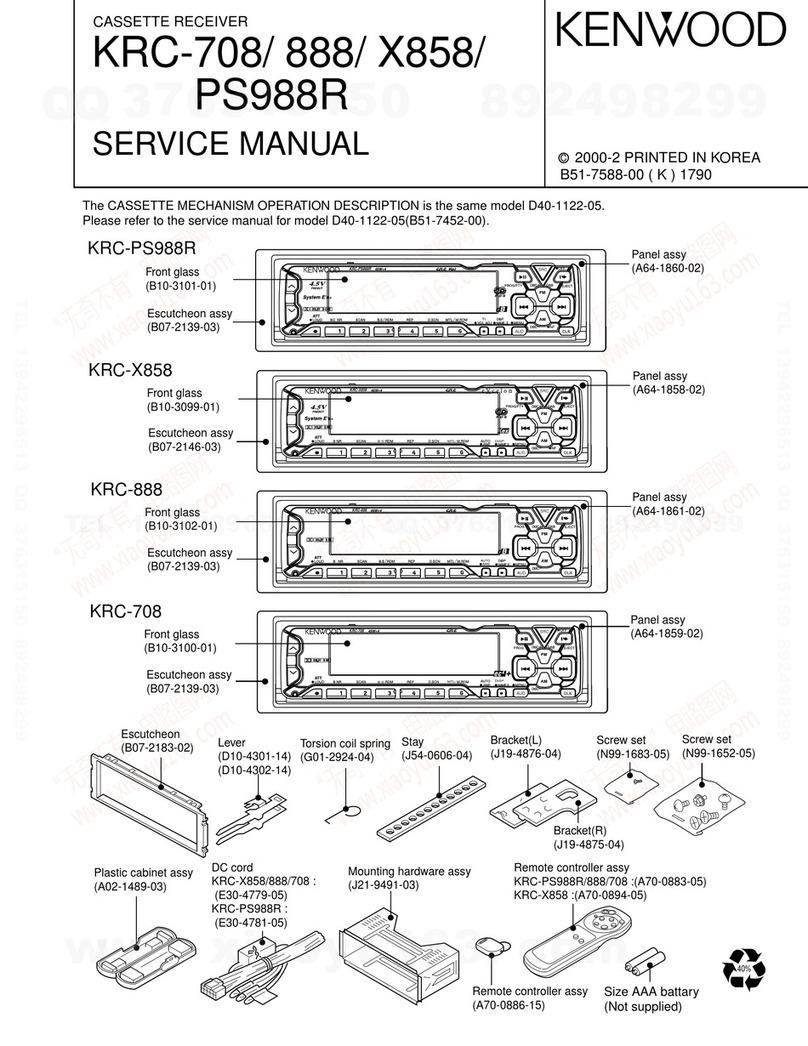
Kenwood
Kenwood KRC-708 User manual
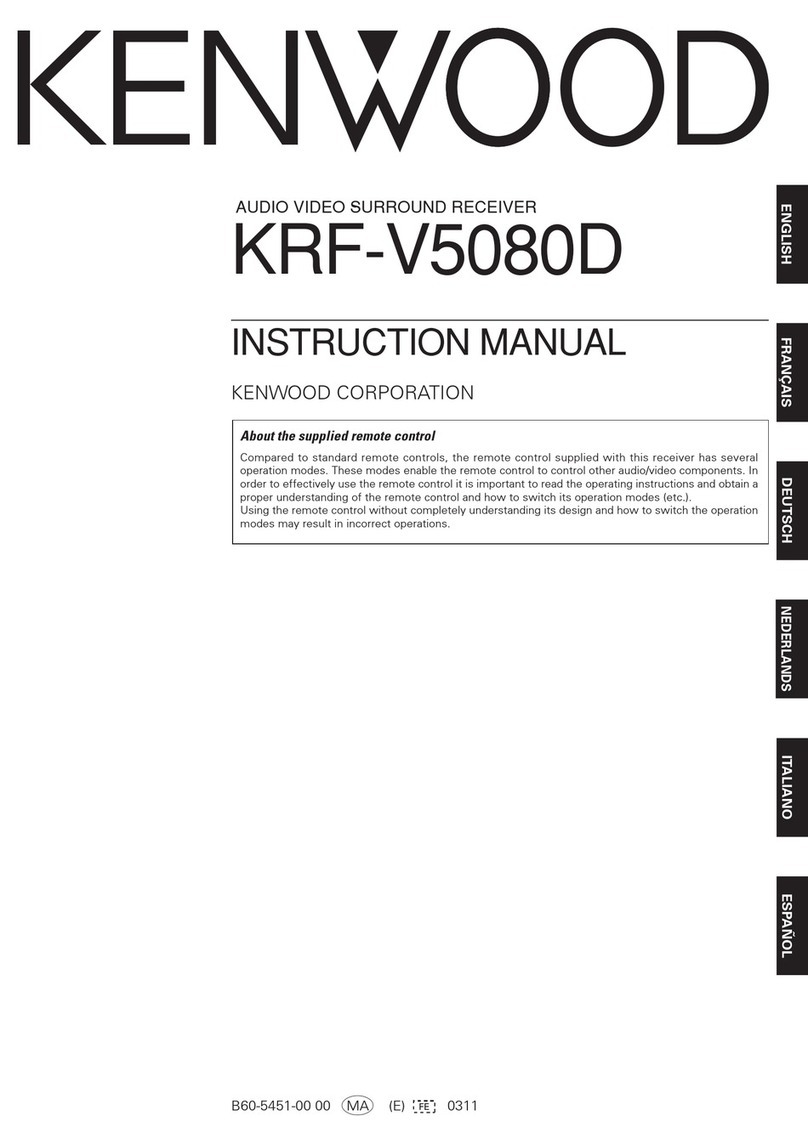
Kenwood
Kenwood krf v5080d User manual
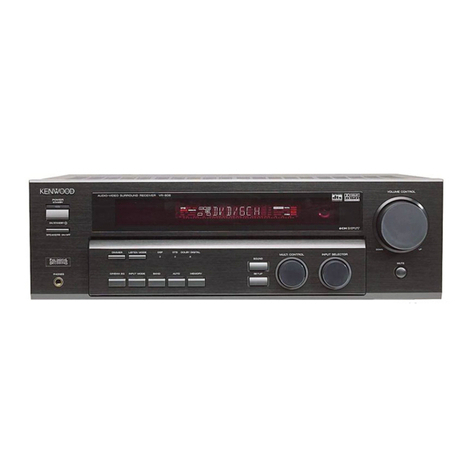
Kenwood
Kenwood VR-606 User manual

Kenwood
Kenwood KR-A4040 User manual

Kenwood
Kenwood VR-707 User manual
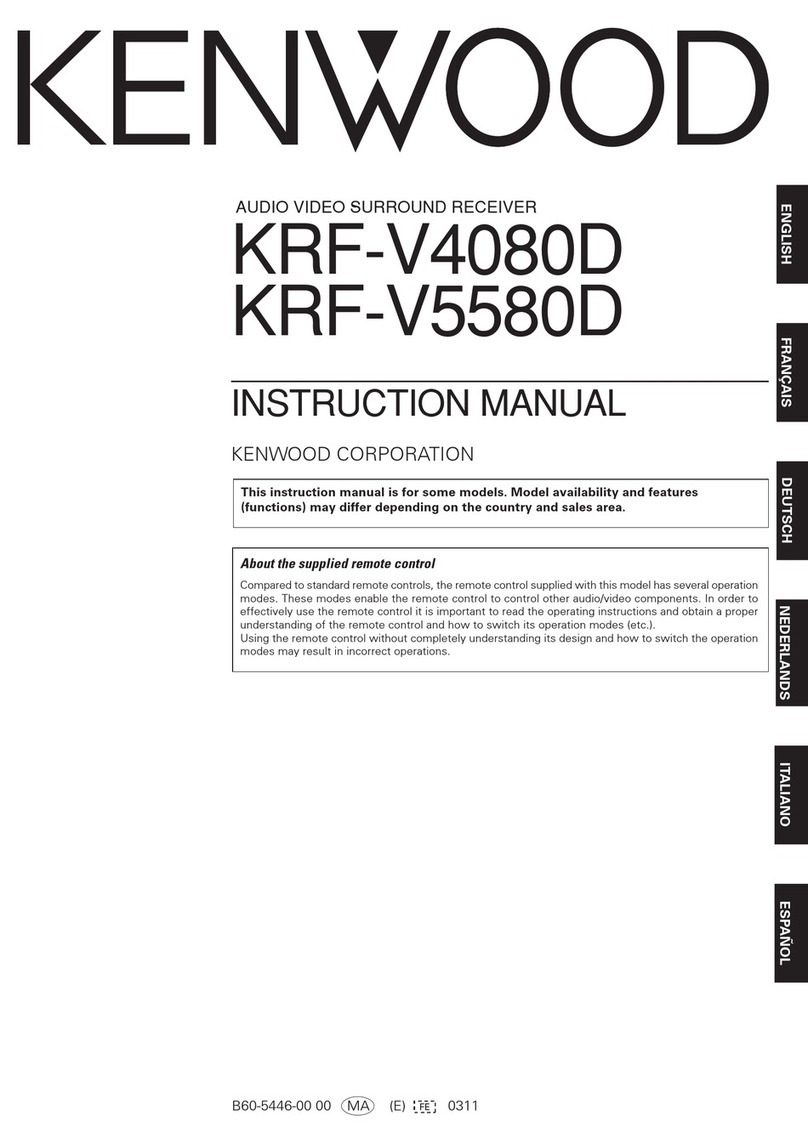
Kenwood
Kenwood KRF-V4080D User manual

Kenwood
Kenwood 107VR User manual
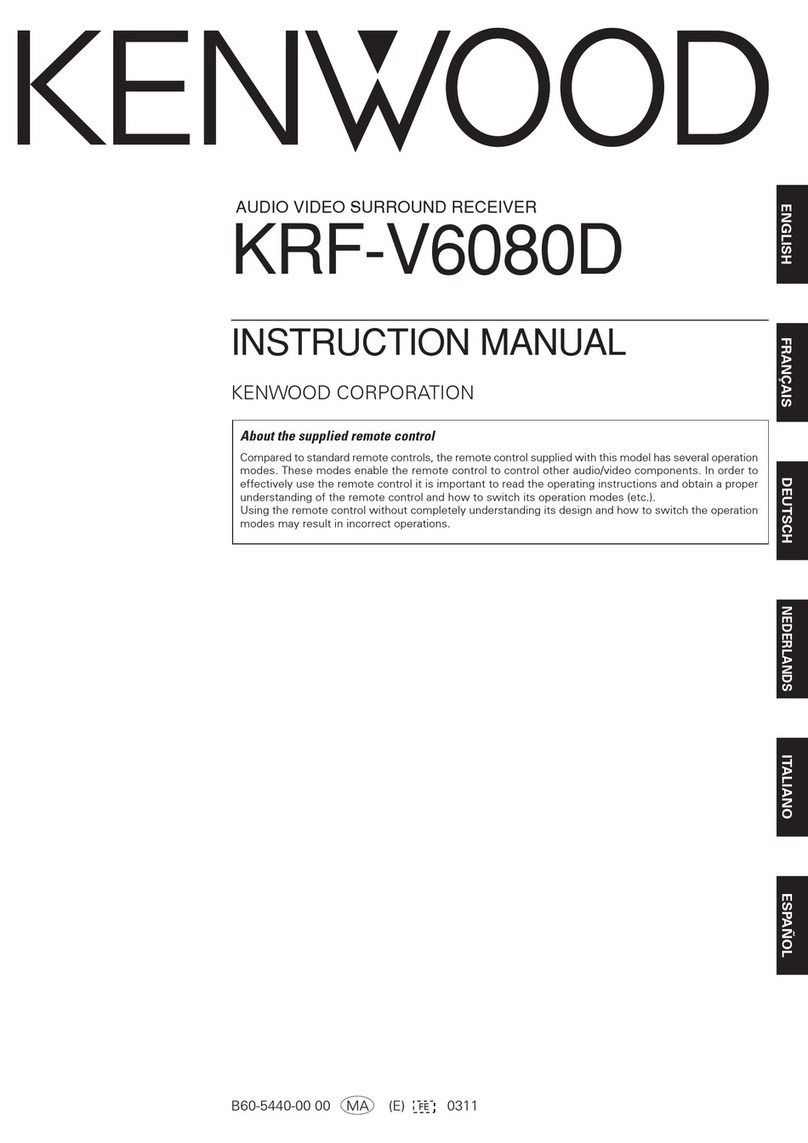
Kenwood
Kenwood KRF-V6080D User manual
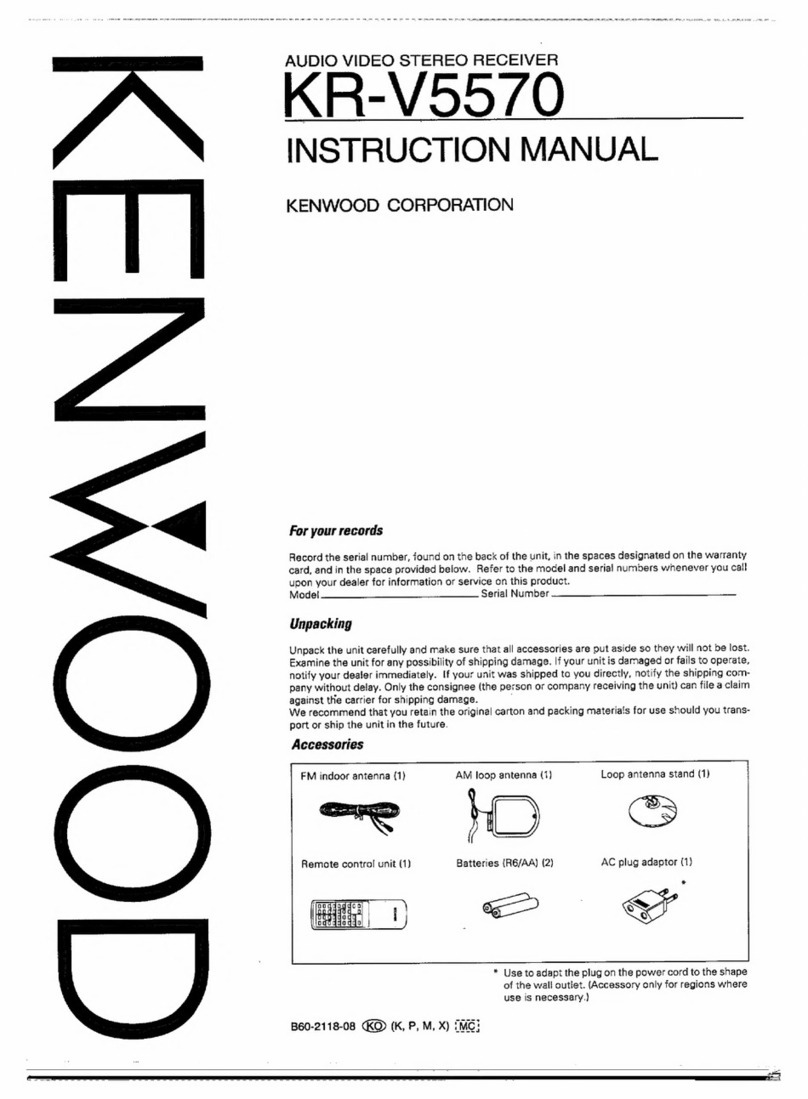
Kenwood
Kenwood KR-V5570 User manual

Kenwood
Kenwood VR-5900 Sovereign Safety guide
Popular Stereo Receiver manuals by other brands

Radio Shack
Radio Shack DX-399 owner's manual

Sony
Sony STR-DE535 - Fm Stereo/fm-am Receiver operating instructions

Pioneer
Pioneer SX-1000TA operating instructions

Yamaha
Yamaha MusicCast TSR-5B3D owner's manual

Sony
Sony STR-DG500 - Multi Channel Av Receiver Service manual

Sherwood
Sherwood Newcastle RX-770 operating instructions

